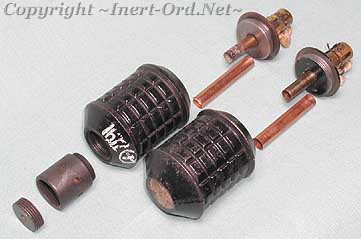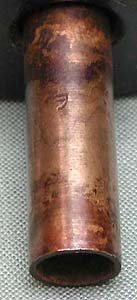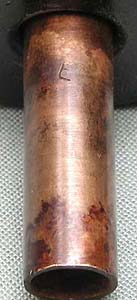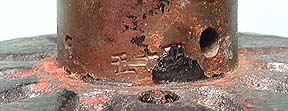This versatile grenade could be fired from the 50mm "Knee Mortar", used as a spigot launched grenade, or used as a standard hand grenade. It had a seven second delay, which was necessary for its role as a projected munition. The threaded socket in the bottom of the body is for attachment of an auxiliary propellant increment for mortar use, or a finned tailboom assembly could be used to convert the T91 to a rifle grenade.
The fuze is a percussion activated delay type, started by pulling the pin then striking the cap. If used as a mortar round or rifle grenade the fuze is activated automatically when fired, the plunger being pushed in by inertia.
The delay time of the fuse is too long for practical use as a hand grenade however. Since apparently it was used mostly as a hand grenade, rather than a mortar round or rifle grenade, the design was modified with a shorter delay. The new version being designated the Type 97.

Type 91 & Type 97 Comparison
Both types have almost identical mechanical parts, with the exception of the threaded pocket in the base of the body for the booster component.
Filling date shown in white ink: Showa 16.12 (Dec1941)
The symbol in the circle is likely a depot or arsenal marking.








